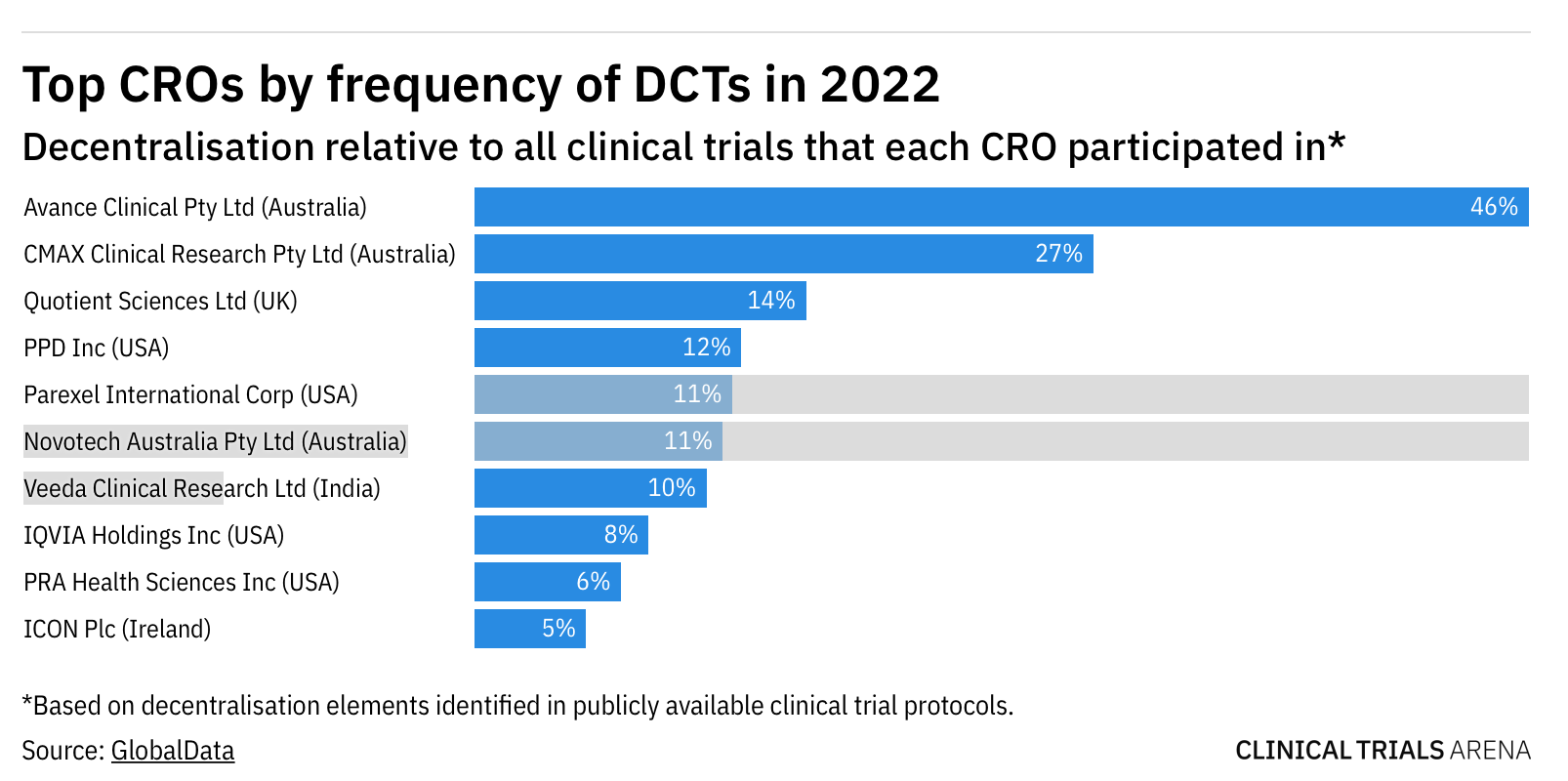Kate Dilligan spent $8,000 to save her hair during cancer treatments, then spent another $40,000 to see if there was a better way. There was.

When 45-year-old Jennifer Graff was diagnosed with breast cancer in August, one of her first thoughts was for the women she sees as an obstetrician-gynecologist. Graff knew she’d be capable of working through the prescribed 12 rounds of chemotherapy. She worried, however, about how patients would react when they saw one of chemo’s more insidious side-effects — hair loss.
Dilligan founded Cooler Heads in 2018 after spending $8,000 to save her own hair during breast cancer treatment the year before. Scalp-cooling, which some patients say feels like having an ice pack on your head, can help many patients save all or most of their hair from falling out, a common side-effect of chemo, because the cold constricts blood vessels and prevents the cancer-fighting chemicals from reaching hair follicles. But Dilligan’s experience was unwieldy and expensive, necessitating the help of a white-glove service to put dry ice packs on her head every 20 to 30 minutes while chemicals were pumped into her body. The process worked, but left Dilligan convinced there was a better way.
Dilligan joined a tech accelerator in San Diego, where she lives, and raised $1.4 million in a seed round in 2019, which helped her complete the prototype. By December 2021, the Cooler Heads Amma cap had been cleared for commercialization by the Food and Drug Administration, allowing Dilligan to raise another $2.4 million in venture funding. She launched to the public in July with the intent of renting caps directly to consumers or selling them to chemo infusion centers, so they could rent them to patients. However, due to a combination of demand and recent changes in Medicare billing procedures, Dilligan is currently focusing solely on selling to infusion centers.
Cooler Heads did over a quarter-million dollars in sales in its first two months on the market, Dilligan says. “Demand is really, really strong.”
Julie Gralow, the chief medical officer and executive vice president of the American Society of Clinical Oncology, says that Cooler Heads is a smart product hitting the market at the right time. Two of the company’s non-portable competitors, the Paxman and Dignicap, received FDA clearance in 2017, and Medicare’s 2021 improvement in the way hospitals and clinics could bill for scalp cooling helped expand access. Gralow was a practicing oncologist for three decades and says that it was only “during maybe the last five years of my practice that [cold capping] started becoming practical.”
Gralow says one problem with the existing systems is that they take up valuable real estate in chemo infusion centers. “You have to plug them in to have the coolant circulating, [and] you have to put the cap on anywhere from 30 minutes to a couple of hours in advance of the treatment and then keep it on after,” she says. With a limited number of chairs and other cancer patients needing their own chemo, there are few business incentives for infusion centers to let cold-capping patients stay after their infusion ends. Cooler Heads’ mobile device solves that problem.
“I think it’s an important advance,” Nancy Marshall, the cofounder of nonprofit The Rapunzel Project. In 2010, Marshall and her friend Shirley Billigmeier founded the Rapunzel Project as a way to educate patients on how to access and pay for scalp cooling after Billigmeier successfully used the therapy to keep her hair during breast cancer treatment in 2009. Marshall has seen other entrepreneurs try to tackle the portability and cost issues, but says, “Kate is the first one who was able to develop an actual viable product and bring it to market.”
Dilligan sells the Cooler Heads Amma cap to infusion centers for $1,250, but the cost to users depends on insurance coverage. As Marshall puts it, insurance on scalp-cooling is “all over the place. We tell everybody to apply for coverage and appeal a denial, but not to assume that it’s ever going to get approved.”
Dilligan argues that scalp-cooling is a medical necessity, pointing to studies that indicate a plurality of women consider chemo-induced hair loss to be the most “traumatic” aspect of chemotherapy and nearly 10% say they’d decline treatment just to avoid it.
So it isn’t about vanity. Many women say it’s about their identity. Dilligan “is giving dignity and confidence to anybody who’s going through chemo and cancer,” says Silvia Mah, a General Partner at Stella Impact Capital and one of Cooler Heads’ investors. And she’s doing it in a way, Mah says, that “incentivizes the infusion centers to serve more patients at a higher standard of care.”
Dilligan says she was sitting recently with a patient who was using the Amma cap who’d had a mastectomy. “She said the thought of losing her hair was more upsetting than losing a breast,” Dilligan says.
Obstetrician-gynecologist Graff and other cold-cap patients say that scalp-cooling gives patients the ability to reclaim a bit of control during a time when so much else is uncontrollable.
“We lose so much, especially for those of us who end up having a mastectomy, and it’s just a lot that happens really fast,” Graff says. “Having been a patient herself, Kate understands how much hope is packaged in that little device and she doesn’t take it lightly.”











